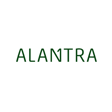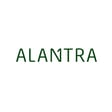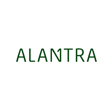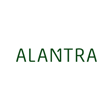Become a Creator today!Start creating today - Share your story with the world!
Start for free
00:00:00
00:00:01

A HealthTech Pioneer, A Conversation with Mike Wessinger at PointClickCare
Explore the transformative journey of PointClickCare, a healthcare technology trailblazer inspired by Salesforce's success mantra. Overcoming skepticism, the company pioneered a seamless Software as a Service (SaaS) model in post-acute care, serving thousands of facilities. Strategic acquisitions and recent ventures, including Patient Pattern, demonstrate their commitment to innovative healthcare solutions in an evolving landscape. Mike Wessinger, Co-Founder of PointClickCare, joins Frederic Laurier at Alantra to discuss the growth journey of the company.



